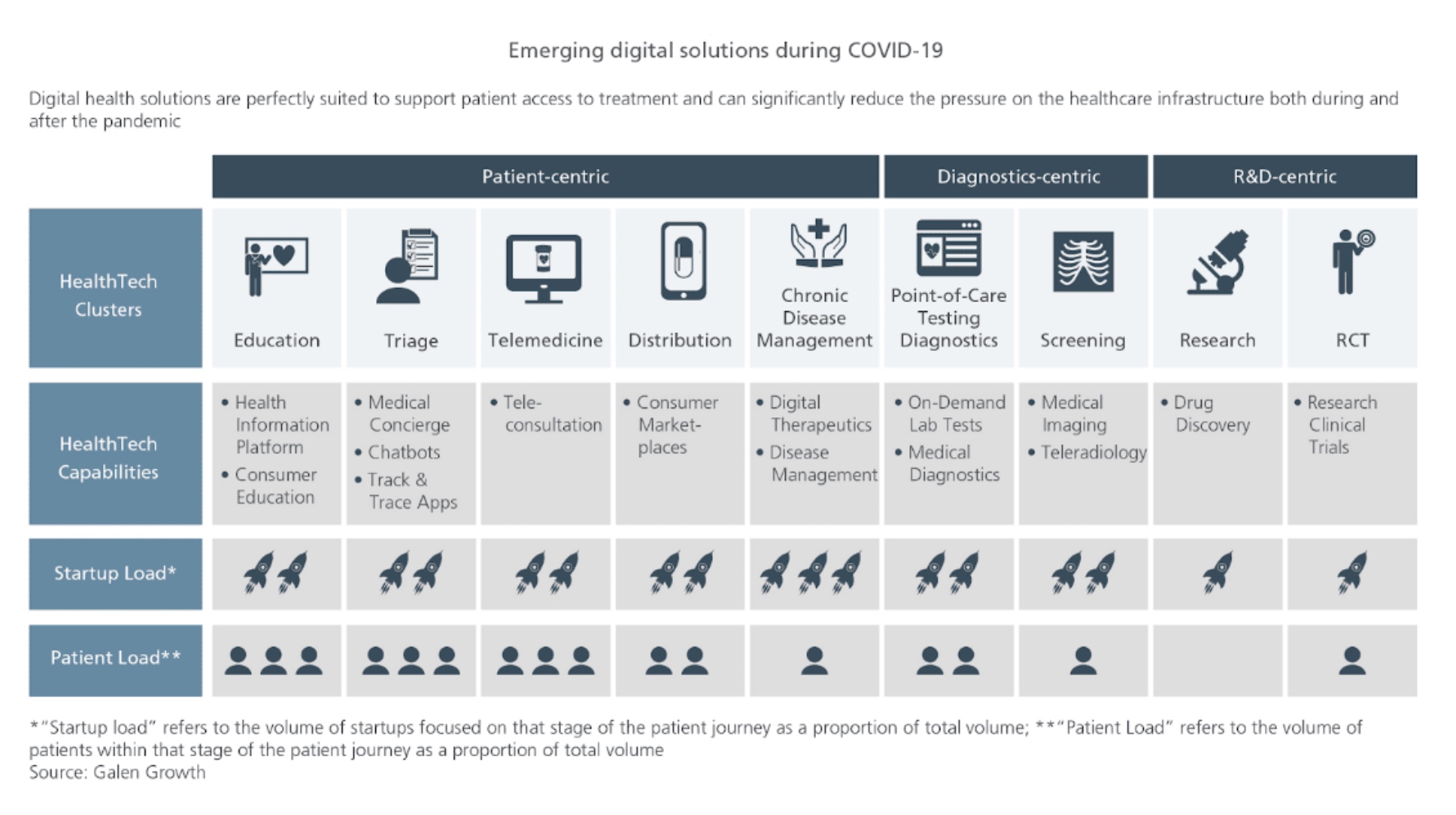Editor’s note: This contributed article was written by Ganga Iddamalgoda and originally published on the Plug and Play APAC blog. The Founder and Open Innovation Consultant of Gadfly Innovation, Ganga is a startup advisor for Plug and Play APAC’s Startup Creasphere APAC program in Singapore.
There’s no question that the pandemic has catalyzed ingenuity and upscaling in HealthTech solutions across the world. Despite major headwinds pre-COVID, we have seen rapid digitalization of the healthcare landscape, helped by traditional and non-traditional players alike.

As a health innovation consultant, I assess emerging solutions that cut across various HealthTech capabilities to understand where they can plug in and add value, in the broader ecosystem. An issue that I often see is that most solutions are inherently designed to be functional but temporary – alleviating a specific stressor placed on the health system or patient or provider for the time being.
As stakeholders are becoming more comfortable with and accepting of the benefits of deploying HealthTech solutions, many of these newer tools have a huge potential to stick around for the long haul. So for a HealthTech startup, not building a more holistic solution becomes a huge wasted opportunity.
The question then becomes: How do we build a HealthTech solution that not only solves a specific problem but plugs into and grows with the landscape of other connected health solutions to provide better value?
You can’t know what you don’t live
As an innovator in healthcare, you need to know the nuances of your specific provider or patient journey inside out. This insight on the end-user that you develop will be your key towards unique and intelligent design and delivery of care, if not with your first solution, perhaps with your subsequent solutions.
Good design in health also comes from recognizing that healthcare providers are looking to create stable ecosystems that can drive increasingly toward value-based outcomes. This is also the basis of what healthcare is about today – a shift from ‘sick care’ to prevention and wellness.
Some startups are already following this shift, focusing more on partnership-building and pursuing new operating models. In doing this, they stand to gain an additional edge through using untapped datasets around patient and provider behaviors that were traditionally not used in healthcare.
Pilot only with innovators and early adopters
Piloting a health solution is never straightforward. It is good to remember that positive outcomes in one subset of the population do not necessarily mean equal viability to the masses. Healthcare providers know this, and may not necessarily onboard your solution for this reason. Innovators, therefore, need to iterate with many different versions of the solution and test with as many subsets of users as possible before hitting that sweet spot.
Also, to avoid hitting a dead-end, pilot with providers who would be considered innovators and early adopters, as they will be more willing to share the risk, and more interested in actually implementing a solution if the pilot proves useful.
Consider also incorporating endpoints that are of particular value to your user, and ones that they would actually pay for. Work to move these larger systems out of silos, and definitely do not work in a silo yourself.
Leverage country and regional initiatives
Partly as a result of COVID, many countries have launched initiatives to accelerate innovation in healthcare. It makes sense to know what specific advantage your country or even region offers and incorporate that into your plans.
Think also about a cross-border strategy with neighboring countries. The APAC region is populated by some 4.3 billion people. Whereas health systems, government engagement, innovation maturity, and investment vary widely across the countries, there is also huge, untapped potential for countries in this region to partner with each other for shared health outcomes.
Learn from others’ experiences
Healthcare is an exceedingly competitive space, and – unlike other industries – does not benefit from it. Too often we see ‘competitors’ where we should really see ‘potential collaborators’.
So it makes sense to seek time with other players to understand how they work within the ecosystem. Share your learnings periodically to move the industry forward – and soak up the wisdom available from everyone, especially from those who have tried and failed.
Winners don’t take all
Finally, ‘disruption’ in healthcare is a bit of a paradox. Seismic shifts can take a long time to happen but do happen invariably. It is important to remember that your HealthTech solutions do not have to come at the expense of established and proven solutions and pathways. This is not a zero-sum game among patients, healthcare providers, and startups or innovators, and, especially in healthcare, divvying up value only serves to divide it, not increase it.
The real challenge for all of us as we navigate this complex space is figuring out how to make it a win-win for everyone.
Plug and Play is a global innovation platform. Headquartered in Silicon Valley, we have built accelerator programs, corporate innovation services, and an in-house VC to make technological advancement progress faster than ever before. Since inception in 2006, our programs have expanded worldwide to include a presence in over 30 locations globally, giving startups the necessary resources to succeed in Silicon Valley and beyond. With over 30,000 startups and 400 official corporate partners, we have created the ultimate startup ecosystem in many industries. Companies in our community have raised over $9 billion in funding, with successful portfolio exits including Danger, Dropbox, Lending Club, and PayPal.
TechNode Global publishes contributions relevant to entrepreneurship and innovation. You may submit your own original or published contributions subject to editorial discretion.
Featured image credits: Unsplash

